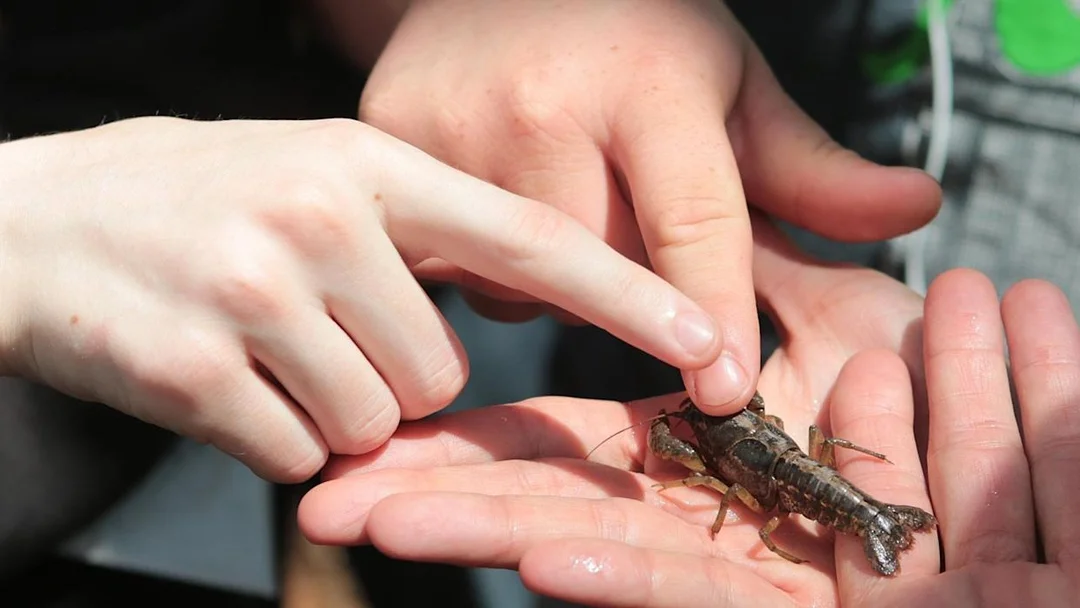
The Unique Journey of Panama City Crayfish: A Tale of Survival and Controversy
PANAMA CITY — Crawling among the undergrowth of Bay County's flatwoods and prairie marshes is a creature with two claws and beady eyes. It takes its name from the only place it lives: the Panama City Crayfish.
This little-known and formerly controversial critter can be found in wet soils, scavenging for dead animals, plants, and decomposed organic matter. With its distinctive white stripe down its back, although sometimes dyed dark brown by tannins from pine trees when preparing to molt, it’s a unique sight in the region.

So why does it only thrive in Bay County? According to the U.S. Fish and Wildlife Service, it's all about the water. Patty Kelly, a wildlife biologist for the agency, explains, "Their natural range covers just a portion of Bay County. Crayfish are often defined by watersheds or boundaries. This particular species is mostly bordered by bodies of water, making it impossible for them to safely cross certain regions."
This isolation has allowed the Panama City crayfish to evolve distinct characteristics over time. Unlike other species that inhabit flowing waters, these crayfish dwell in ephemeral pools or burrows linked to the water table. They historically prefer areas like grass savannas or pine flatwoods—habitats that are now at risk.

However, the plight of this tiny crustacean has been anything but quiet. Following its 2018 status as a threatened species, backlash arose in the community due to implications for development costs. Local entities, including the Port of Panama City, opposed federal listing, fearing economic repercussions.
Yet, the federal government push for conservation has resulted in significant strides. More than half of the crayfish's historical range has been altered, but efforts from the FWS have preserved 4,138 acres in Bay County as critical habitat. This initiative not only protects the crayfish but also improves water management, reduces wildfire risk, and enhances recreational opportunities for the community.

As conservation efforts continue, it’s crucial for communities to recognize the importance of even the smallest creatures. Kelly encourages everyone to appreciate the Panama City crayfish, saying, "Teach your kids about them and support conservation laws that help protect this species and others that enrich our environment."
This unique tale of the Panama City crayfish raises awareness about the complexities of ecosystem preservation and the delicate balance between development and conservation. What role can each of us play in protecting our local wildlife while fostering economic growth? Share your thoughts!